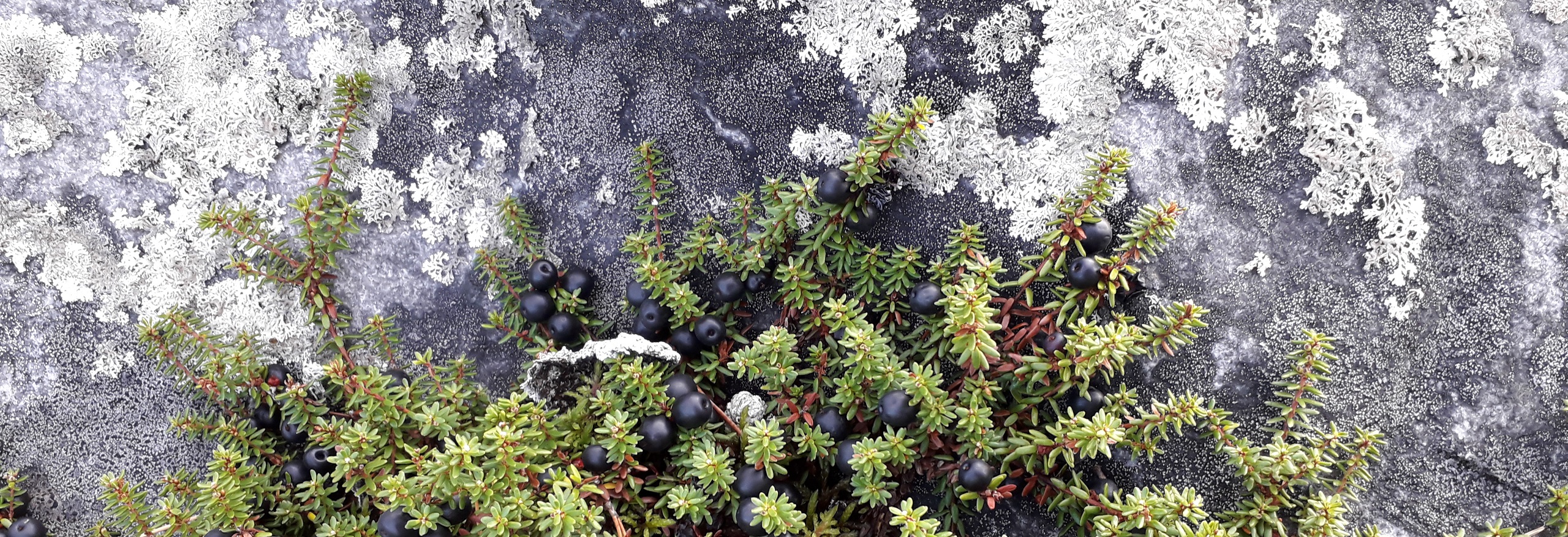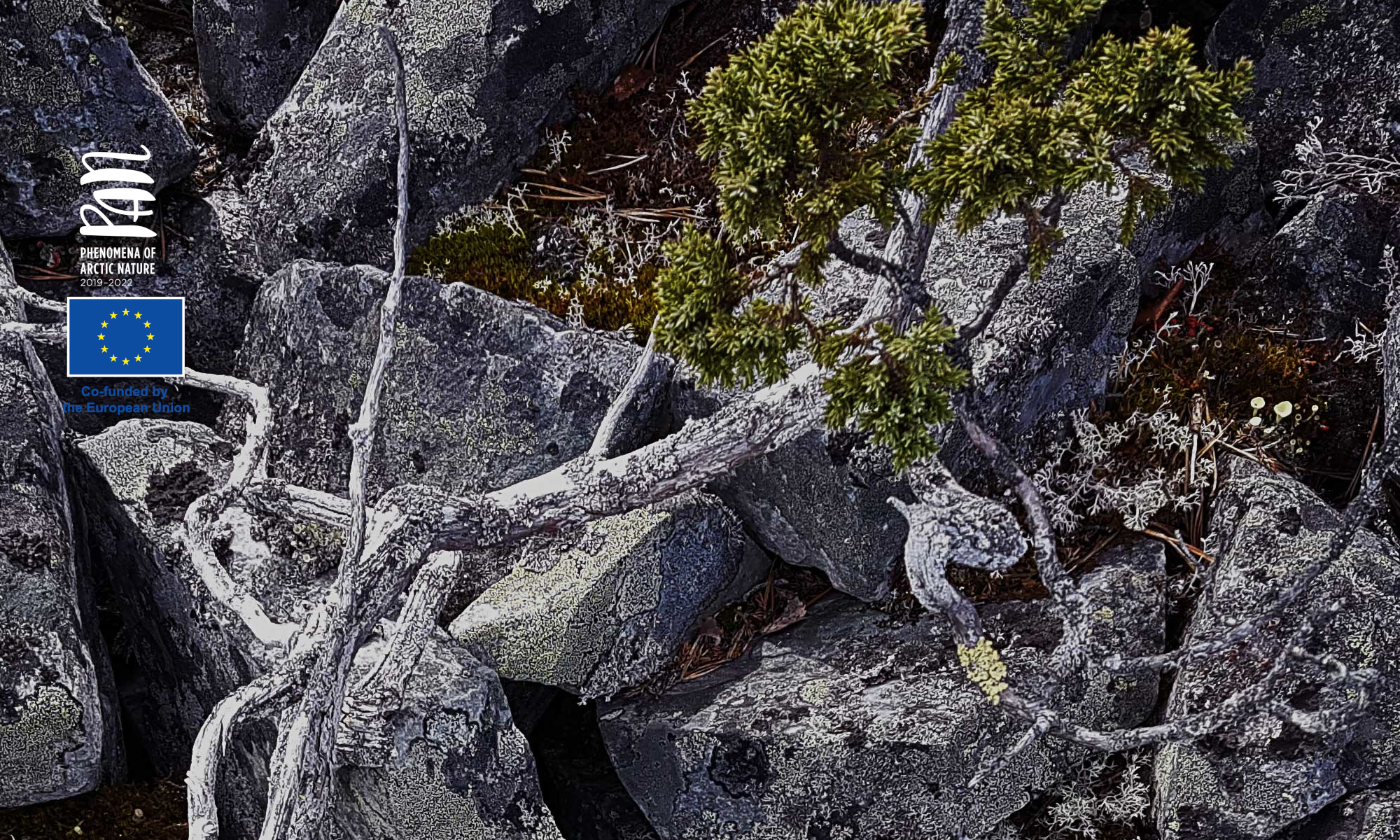Physical Evidence

In this lesson, you learn to recognize the impact of physical evidence and are able to assess and identify physical evidence opportunities.
First, watch the video, and possibly read more about the topic, and then do the task.
TASK: Identify and assess the various forms of physical evidence that form the servicescape /experiencescape to your customers.
- Who has control over them?
- Do they convey a consistent message of your service?
- Check on social media what kind of photos/reviews have been posted on your destination. Do they tell the same message?
Learn more:
House of Lapland 2019. Sound of Lapland. https://www.lapland.fi/visit/sound-of-lapland/scapes/.
Trail Markings as a Sign of Quality. https://blogi.eoppimispalvelut.fi/reittimerkit/2018/05/24/in-english-alasivu-1/. (more in Finnish)
Fossgard, K. & Stensland, S. 2021. Broadening the Scope of Resources in Nature: An Explorative Study of Nature-Based Tourism Firms. Journal of Ecotourism Vol. 20, No. 1, 35–50. https://www.researchgate.net/publication/340659278_Broadening_the_scope_of_resources_in_nature_an_explorative_study_of_nature-based_tourism_firms.
Sources:
Breiby, M. A. & Slåtten, T. 2015. The Effects of Aesthetic Experiential Qualities on Tourists’ Positive Emotions and Loyalty: A Case of a Nature-Based Context in Norway. Journal of Quality Assurance in Hospitality and Tourism, 16: 323346. https://www.researchgate.net/publication/282970405_The_Effects_of_Aesthetic_Experiential_Qualities_on_Tourists_Positive_Emotions_and_Loyalty_A_Case_of_a_Nature-Based_Context_in_Norway.
Breiby, M. A. & Slåtten, T. 2018. The role of aesthetic experiential qualities for tourist satisfaction and loyalty. International Journal of Culture, Tourism and Hospitality Research. DOI 10.1108/IJCTHR-07-2017-0082 VOL. 12 NO. 1 2018, 1-14. https://www.researchgate.net/publication/323332815_The_role_of_aesthetic_experiential_qualities_for_tourist_satisfaction_and_loyalty.
Fossgard, K. & Fredman, P. 2019. Dimensions in the nature-based tourism experiencescape: An explorative analysis. Journal of Outdoor Recreation and Tourism Vol 28, December 2019. https://www.sciencedirect.com/science/article/pii/S2213078019300234 .
Fredman, P., Wall-Reinius, S. & Grundén, A. 2012. The Nature in Nature-based Tourism. Scandinavian Journal of Hospitality and Tourism 12:4, 289–309. DOI: 10.1080/15022250.2012.752893.
Margaryan, L. 2018. Nature as a commercial setting: the case of nature-based tourism providers in Sweden. Current Issues in Tourism 21:16, 1893–1911. DOI: 10.1080/13683500.2016.1232378.
Ollila, E. & Kestilä, S. 2018. Safe and Customer Oriented Trail Marking. https://blogi.eoppimispalvelut.fi/reittimerkit/files/2018/06/opastekokonaisuus_05062018_eng_pakattu.pdf.
Oviedo-García, M. A., Vega-Vázquez, M., Castellanos-Verdugo, M. & Orgaz-Agüerac, F. 2019. Tourism in protected areas and the impact of servicescape on tourist satisfaction, key in sustainability. Journal of Destination Marketing & Management Volume 12, June 2019, 74-83. https://www.sciencedirect.com/science/article/abs/pii/S2212571X18300520
Stickdorn, M. 2012. Service Design and Tourism. Case studies of Applied Research Projects on Mobile Ethnography for Tourism Destinations. https://issuu.com/marcstickdorn/docs/sdt.
Wielenga, B. 2021. New experiences in nature areas: architecture as a tool to stimulate transformative experiences among visitors in nature areas? Journal of Tourism Futures 26 February 2021. https://www.emerald.com/insight/content/doi/10.1108/JTF-09-2020-0155/full/html.
